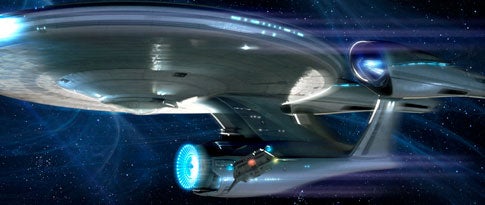Fort Fun Indiana
Diamond Member
- Mar 10, 2017
- 92,110
- 56,452
- 2,645
94%? Well that sucks. So we can only visit about 12 billion galaxies.
Eventually that 94% of galaxies will disappear over the horizon like a sailboat.
Keep in mind: this is a snapshot, if we were ale to leave today at the speed of light. The percentage of galaxies we can never visit grows by the minute. If we just sit here long enough, there will be no galaxies in the sky, save for our own. (And then Hubble would lose the Great Debate!)

 bigthink.com
bigthink.com
Eventually that 94% of galaxies will disappear over the horizon like a sailboat.
Keep in mind: this is a snapshot, if we were ale to leave today at the speed of light. The percentage of galaxies we can never visit grows by the minute. If we just sit here long enough, there will be no galaxies in the sky, save for our own. (And then Hubble would lose the Great Debate!)

94% of the universe's galaxies are permanently beyond our reach
Even if we left today, at the speed of light, we'd never catch up to these unreachable galaxies as dark energy expands the universe.
- The universe is expanding, with every galaxy beyond the Local Group speeding away from us.
- Today, most of the universe's galaxies are already receding faster than the speed of light.
- All galaxies currently beyond 18 billion light-years are forever unreachable by us, no matter how much time passes.






